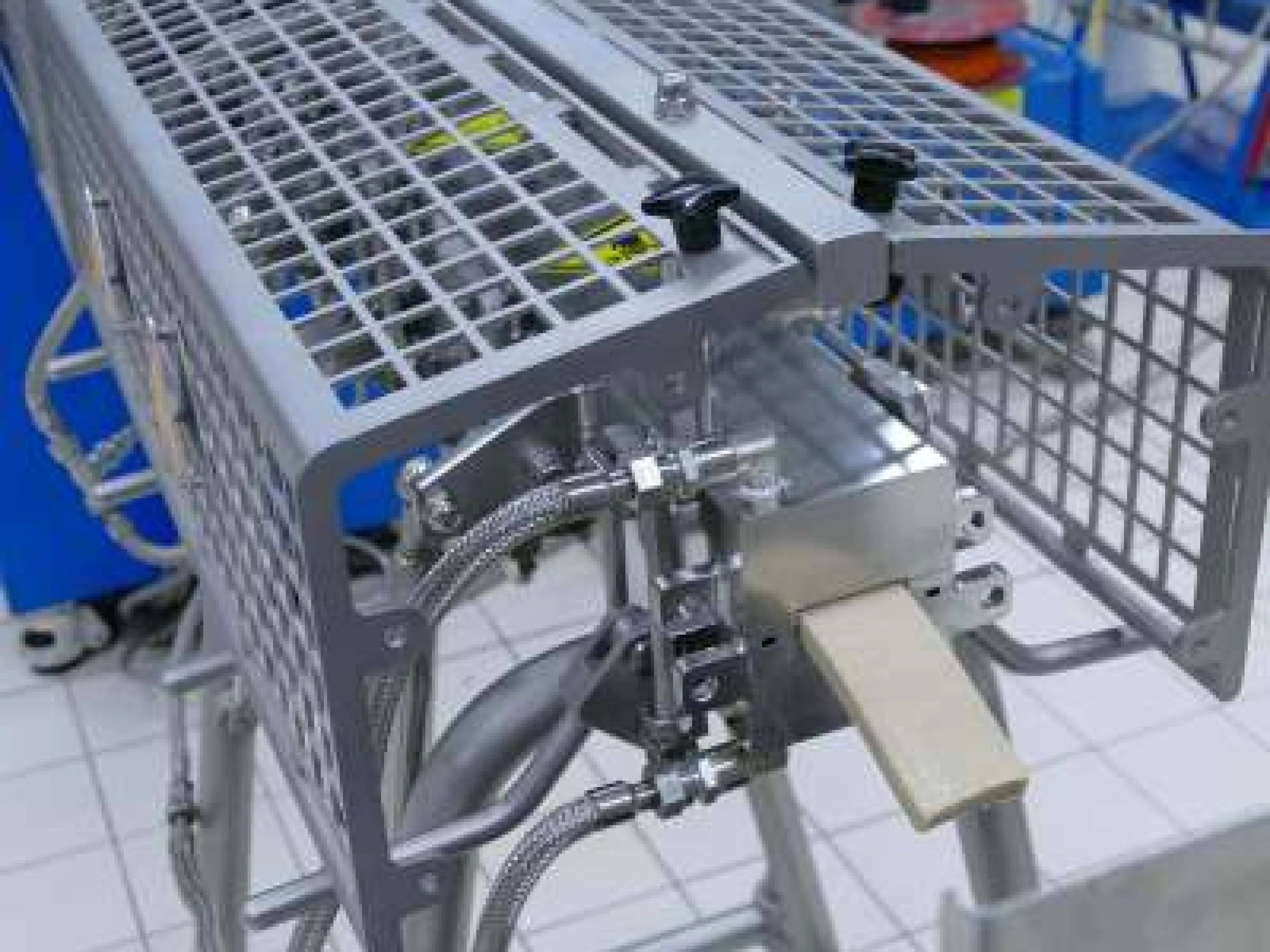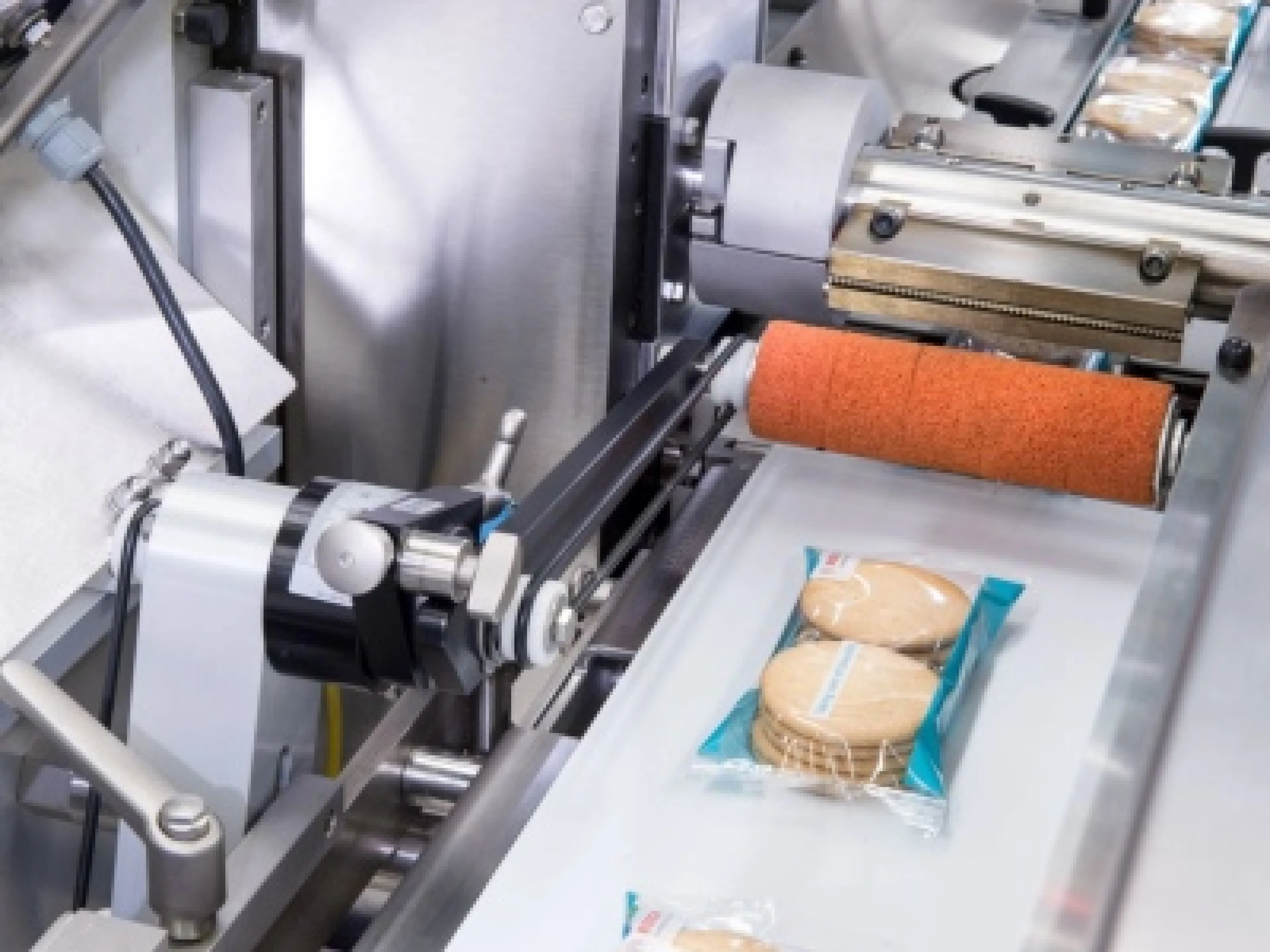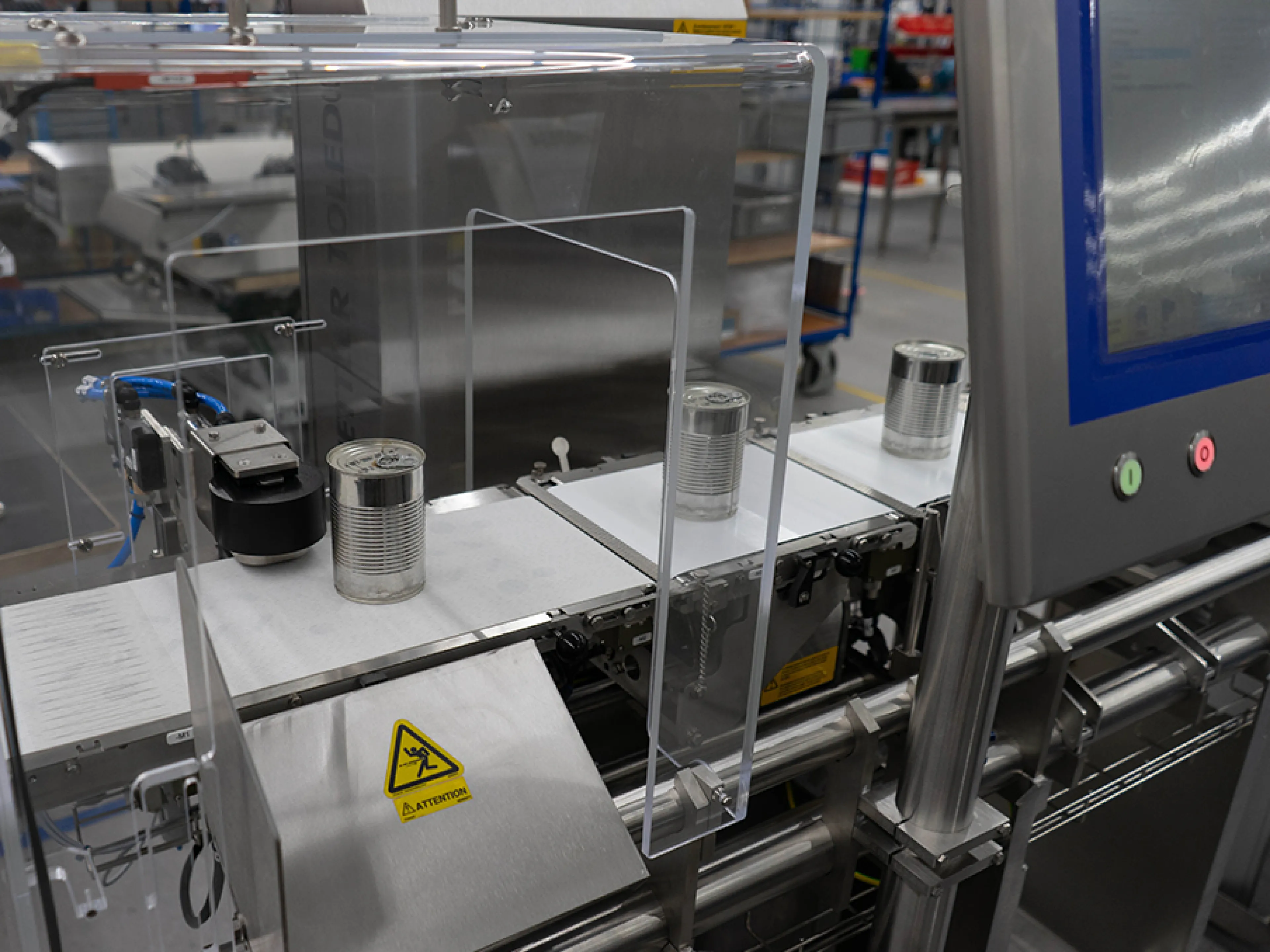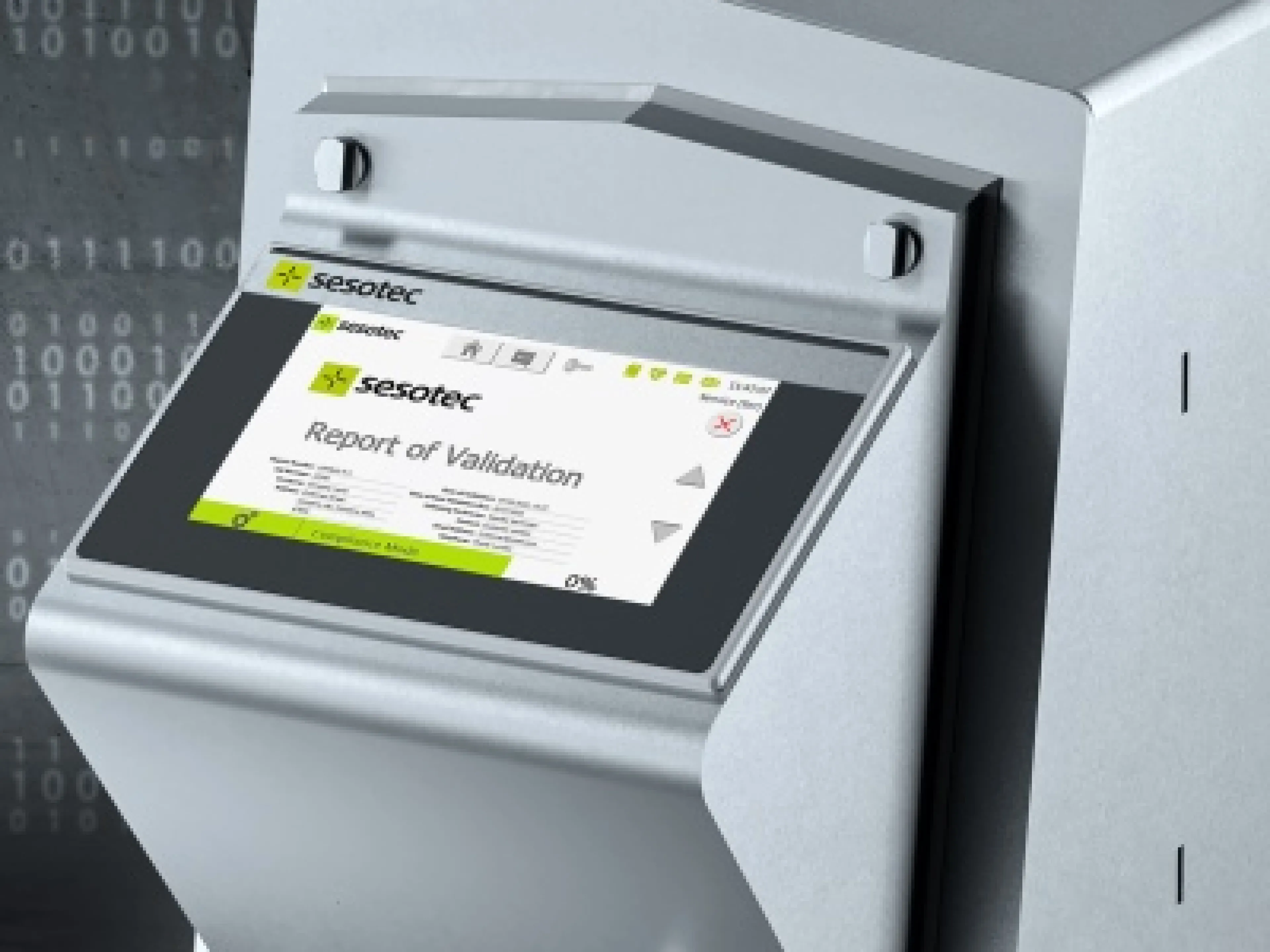
To make industrial cleaning processes more efficient, cost-effective and sustainable, Gea is expanding its portfolio with two serviceable tank cleaners. The new service kits extend the service life of free-rotating and slow-rotating cleaners for use in food and beverage production as well as in pharmaceutical industry. Previously, these had to be completely replaced after a few years. This step is part of a comprehensive service initiative by Gea for cleaning technology. The focus here is on conserving resources and cost-effectiveness for plant operators.
Instead of replacing equipment: on-site replacement of wearing parts in the tank cleaner
Gea engineers have revised the design of the Turbodisc and Turbo SSB series tank cleaners so that wearing parts such as seals and bearings can be replaced directly on site. No special tools or training are required for maintenance. The specially developed service kits contain all the necessary spare parts. These include a wedge lock washer, a sealing ring and a bushing for the Turbodisc tank cleaner as well as a washer and a shaft bearing for the Turbo SSB cleaner. This means that the cleaners can be serviced quickly and easily on site and process interruptions can be reduced.
Less downtime due to defective tank cleaners reduces costs
In the past, a defective tank cleaner often led to production downtime, as it could take up to two weeks to procure a replacement unit. “With the new service kits, our customers can now handle repairs themselves in just a few days,” says Jana Zimpel, Product Sales Manager for Cleaning Technology at Gea’s Separation and Flow Technologies division. The kits are dispatched within two to three days. This saves money, as the cost of a service kit is only a fraction of the cost of a new device.
Greater sustainability through longer product life
The ability to service cleaners is an important step towards sustainable industrial processes. Instead of disposing of entire units due to wear and tear, operators can now replace individual components and thus significantly reduce material waste. “This approach helps businesses lower costs while improving their environmental footprint through smarter resource use,” says Zimpel.










